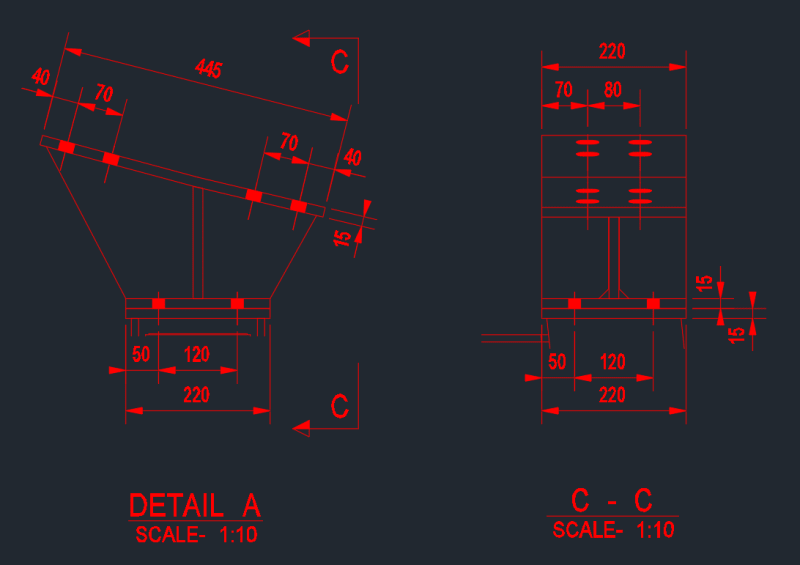Accumulated
Structural
Hi Eng-Tip-ers,
I've got a tapered I section for verification check as shown in the attached picture against Eurocode. There is not up-lift nor moments being transferred from top of the flange. All of the loads are in compression and shear.
1) How do I go about checking the web in buckling and tranvese strength when you have varying height of the web?
2) How would the effective length of web in compression be calculated when the web is cut off at an angle?
3) Would all the shear from top flange be resisted by the bolts and flange being check against bearing? Is shear check in web necessary?
3) What other necessary checks are needed for this sort of situation?
4) Is there any good guidance or reference book?
Thanks in advance.

(N.B: I'm still a graduate learning and never dealt with tapered sections before.)
I've got a tapered I section for verification check as shown in the attached picture against Eurocode. There is not up-lift nor moments being transferred from top of the flange. All of the loads are in compression and shear.
1) How do I go about checking the web in buckling and tranvese strength when you have varying height of the web?
2) How would the effective length of web in compression be calculated when the web is cut off at an angle?
3) Would all the shear from top flange be resisted by the bolts and flange being check against bearing? Is shear check in web necessary?
3) What other necessary checks are needed for this sort of situation?
4) Is there any good guidance or reference book?
Thanks in advance.

(N.B: I'm still a graduate learning and never dealt with tapered sections before.)

